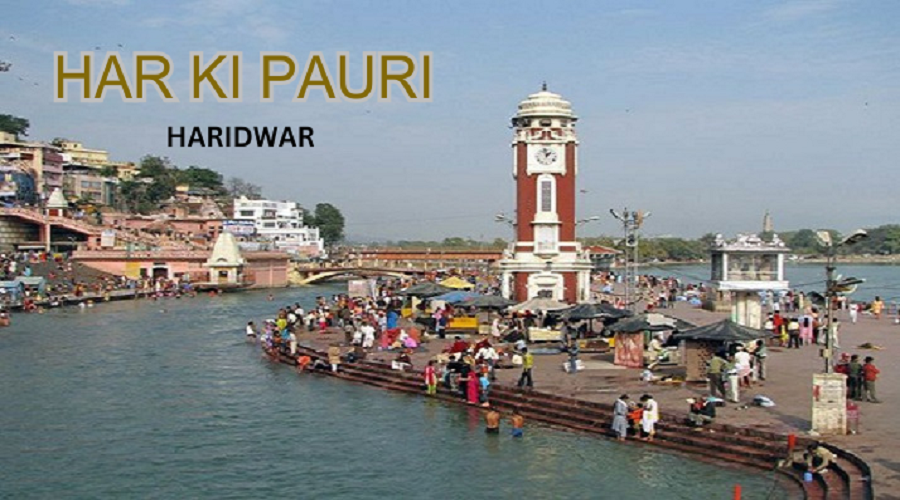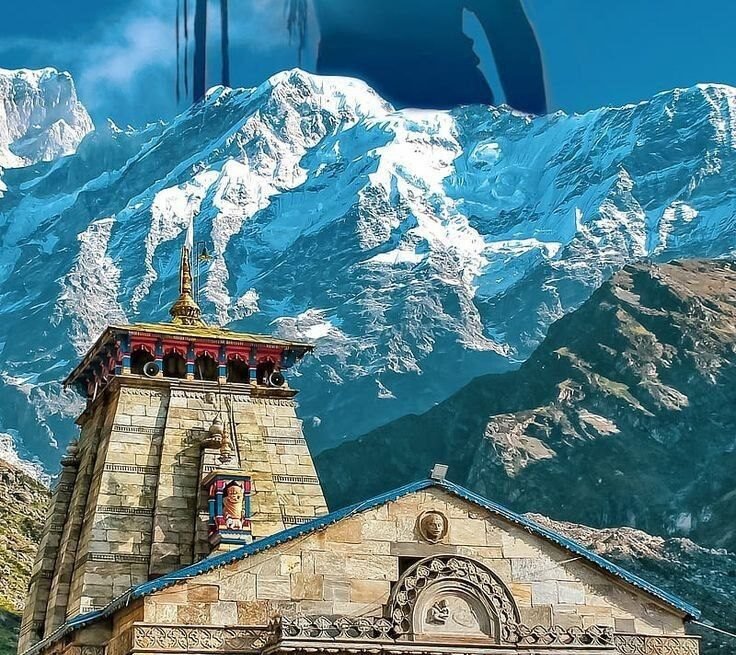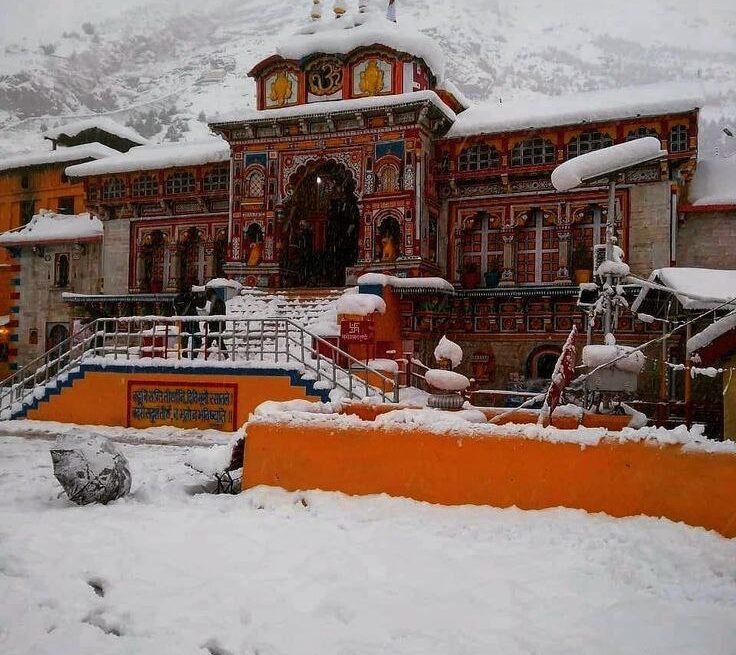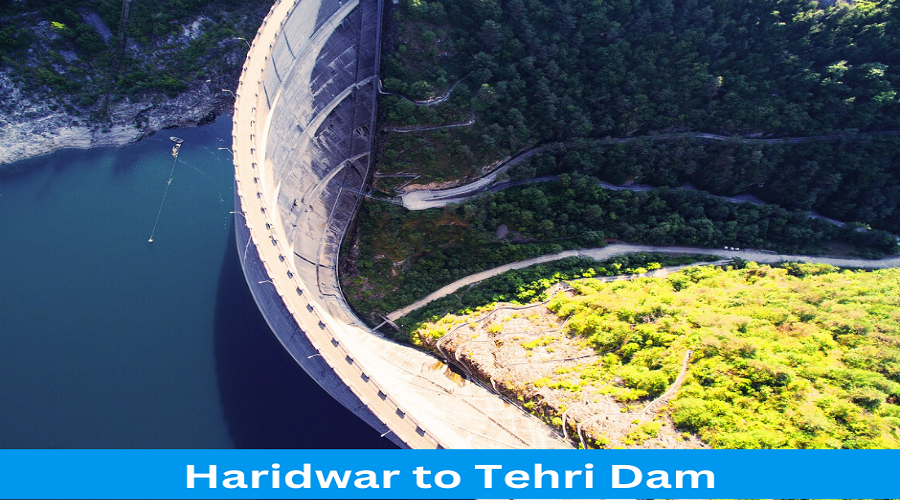



Har Ki Pauri, situated in Haridwar, Uttarakhand, is one of the most sacred ghats in India. Its history is deeply concern with Hindu mythology and traditions.
Historical Significance
The name “Har Ki Pauri” translates to “Footsteps of the Lord.” According to legend, this is where Lord Vishnu left his footprint on a stone, marking the spot where the Ganga River leaves the mountains and enters the plains. The ghat is believed to have been constructed by King Vikramaditya in memory of his brother Bhatrihari, who is said to have meditated at this spot. Har Ki Pauri is also associated with the Kumbh Mela, a major pilgrimage and festival in Hinduism, which is held every twelve years in Haridwar. The ghat is one of the main bathing areas during the Kumbh Mela.
Architectural and Cultural Significance
The ghat is known for its beautiful architecture and spiritual significance. It is lined with temples, ashrams, and dharamshalas (rest houses) that date back centuries. The main attraction of Har Ki Pauri is the Ganga Aarti, a ritualistic worship of the Ganges River. This daily ceremony, performed at sunrise and sunset, involves chanting, singing, and offering lamps to the river. The ghat is also famous for the Brahmakund, a sacred tank where devotees take a holy dip to cleanse themselves of their sins.
Historical Events
Har Ki Pauri has witnessed several historical events. During the British rule, it was the site of the Haridwar Kumbh Mela in 1910, which was attended by thousands of pilgrims and dignitaries. In 1986, a incident occurred at Har Ki Pauri during the Kumbh Mela, resulting in the death of several pilgrims. This tragic event led to improved crowd management and safety measures at future festivals.
Current Significance
Today, Har Ki Pauri remains a major pilgrimage site and a popular tourist destination. It attracts devotees from all over the world who come to take a holy dip in the Ganges and participate in the rituals. The ghat is also a hub of cultural activities and events, including the annual Ganga Mahotsav, which celebrates the rich cultural heritage of Haridwar. Overall, Har Ki Pauri is not just a historical landmark but also a symbol of India’s spiritual and cultural heritage. It continues to inspire millions of people with its beauty and significance. As har ki pauri significance in uttrakhand same as chardham yatra of uttrakhand
Timing of Har Ki Pauri Aarti

The timing of the Ganga Aarti at Har Ki Pauri in Haridwar varies depending on the time of year and the sunrise and sunset times. Generally, the evening Ganga Aarti starts around sunset, while the morning Aarti is conducted around sunrise
1. Morning Aarti
The morning Aarti usually takes place around sunrise, starting at around 5:30 AM to 6:30 AM. The exact timing may vary based on the time of sunrise.
2. Evening Aarti
The evening Aarti is a more elaborate and popular ceremony. It usually starts after sunset, around 6:00 PM to 7:00 PM. Again, the exact timing may vary based on the time of sunset.
It’s advisable to check the local schedule or with the authorities at Har Ki Pauri for the exact timing of the Aarti during your visit, as it may change slightly based on seasonal variations.
Bathing in Har Ki Pauri
Yes, you can bathe in the Ganges River at Har Ki Pauri. It is considered a holy and purifying act in Hinduism. Many pilgrims and visitors take a dip in the river as part of their spiritual journey. However, it’s essential to respect the local customs and traditions, such as dressing modestly and being mindful of the environment.
River flows in Har Ki Pauri
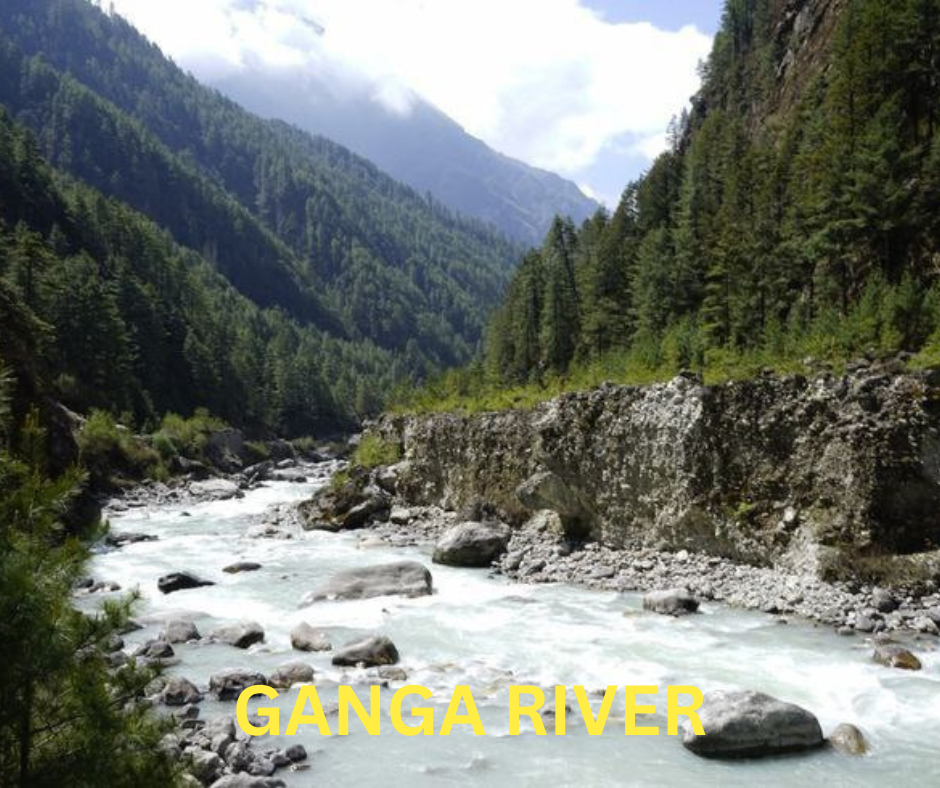
Har Ki Pauri is located on the banks of the Ganges River (also known as the Ganga River) in Haridwar, Uttarakhand, India. The Ganges is one of the most sacred rivers in Hinduism and is worshipped as the goddess Ganga. Here is some detailed information about the Ganges River
1. Origin
The Ganges River originates from the Gangotri Glacier in the Indian state of Uttarakhand. It is one of the major rivers in India and is approximately 2,525 kilometers (1,569 miles) long.
2. Course
The river flows through the northern states of India, including Uttarakhand, Uttar Pradesh, Bihar, and West Bengal, before emptying into the Bay of Bengal. It passes through several important cities, including Haridwar, Varanasi, and Kolkata.
3. Rituals
The Ganges River is considered sacred by Hindus, who believe that bathing in its waters can cleanse them of their sins and lead to salvation. It is also believed that the river is the earthly manifestation of the goddess Ganga.
4. Cultural Importance
The Ganges River has played a significant role in Indian culture and civilization for thousands of years. It is mentioned in ancient Indian texts such as the Rigveda and the Mahabharata and is revered in Hindu mythology.
5. Pollution Concerns
Despite its religious significance, the Ganges River faces severe pollution issues due to industrial waste, sewage, and agricultural runoff. Efforts are being made to clean up the river and restore its ecological balance.
Overall, the Ganges River holds immense cultural, religious, and ecological importance in India and is considered a lifeline for millions of people who depend on it for their livelihoods and spiritual well-being.
Depth is the Ganga River at Har Ki Pauri
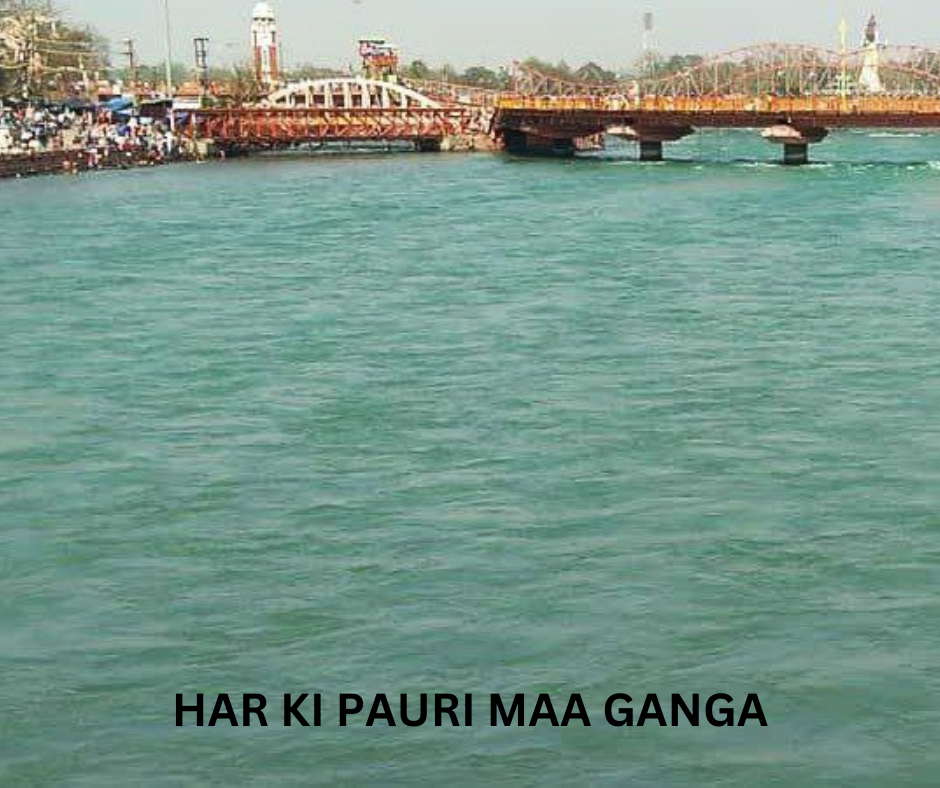
The depth of the Ganges River at Har Ki Pauri can vary depending on the season and water flow. On average, the depth of the river at Har Ki Pauri ranges from a few feet to several feet. During the monsoon season or periods of heavy rainfall, the depth of the river can increase significantly due to the higher water levels. However, during the dry season, the depth may be shallower. It’s important to exercise caution and be aware of the current water conditions when bathing or engaging in any activities in the river.

